Growing Geriatric Population
The increasing geriatric population is a significant factor contributing to the growth of the Large Volume Parenteral Market. As individuals age, they often experience multiple health issues that require complex treatment regimens, including intravenous therapies. The World Health Organization projects that the number of people aged 60 years and older will reach 2 billion by 2050, highlighting the urgent need for effective healthcare solutions. This demographic shift is likely to result in a higher demand for large volume parenteral products, as they are essential for managing chronic conditions and ensuring adequate hydration and nutrition in elderly patients. Thus, the aging population is expected to be a key driver for the Large Volume Parenteral Market.
Rising Healthcare Expenditure
An increase in healthcare expenditure across various regions is positively impacting the Large Volume Parenteral Market. Governments and private sectors are allocating more resources to healthcare, which facilitates the adoption of advanced medical technologies and treatments. According to recent statistics, healthcare spending is projected to grow at a compound annual growth rate of 5.4% over the next several years. This financial commitment enables healthcare facilities to invest in high-quality large volume parenteral solutions, ensuring that patients receive optimal care. As healthcare systems continue to evolve and expand, the demand for large volume parenteral products is likely to rise, further driving the growth of the Large Volume Parenteral Market.
Increased Focus on Patient-Centric Care
The shift towards patient-centric care is reshaping the landscape of the Large Volume Parenteral Market. Healthcare providers are increasingly prioritizing patient needs and preferences, leading to the development of more tailored intravenous therapies. This trend is evident in the growing emphasis on personalized medicine, which aims to optimize treatment based on individual patient characteristics. As a result, large volume parenteral solutions are being designed to accommodate specific patient requirements, enhancing treatment adherence and satisfaction. The focus on patient-centric approaches is likely to foster innovation and drive demand within the Large Volume Parenteral Market, as healthcare systems strive to improve overall patient outcomes.
Increasing Prevalence of Chronic Diseases
The rising incidence of chronic diseases such as diabetes, cardiovascular disorders, and cancer is a primary driver for the Large Volume Parenteral Market. As these conditions often require long-term treatment and management, the demand for large volume parenteral solutions is expected to grow. According to recent data, chronic diseases account for approximately 70% of all deaths worldwide, necessitating effective therapeutic interventions. This trend indicates a sustained need for intravenous therapies, which are often delivered through large volume parenteral solutions. Consequently, healthcare providers are increasingly relying on these products to ensure patient compliance and improve health outcomes, thereby propelling the growth of the Large Volume Parenteral Market.
Advancements in Pharmaceutical Formulations
Innovations in pharmaceutical formulations are significantly influencing the Large Volume Parenteral Market. The development of new drug delivery systems, including liposomal formulations and biologics, has expanded the range of therapeutic options available in large volume parenteral solutions. These advancements not only enhance the efficacy of treatments but also improve patient safety and comfort. For instance, the introduction of pre-mixed solutions has simplified the administration process, reducing the risk of medication errors. As the pharmaceutical industry continues to invest in research and development, the availability of novel formulations is likely to increase, further driving the demand within the Large Volume Parenteral Market.


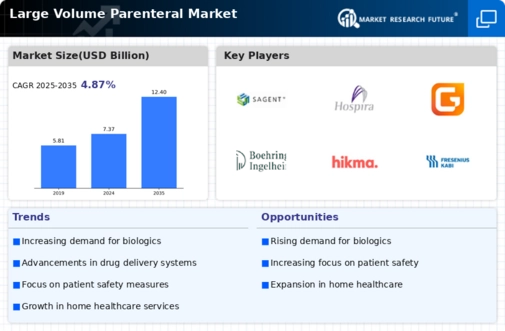
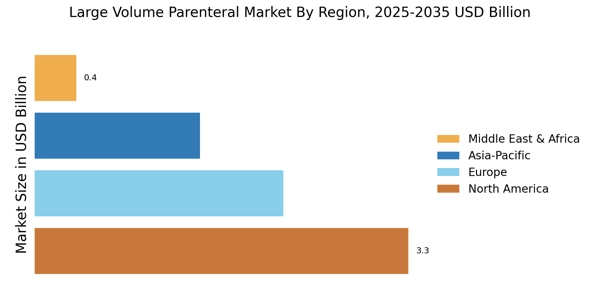


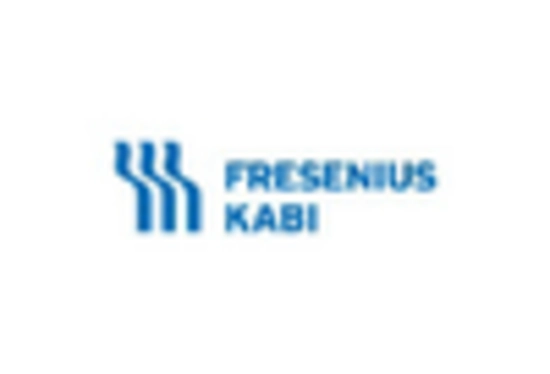
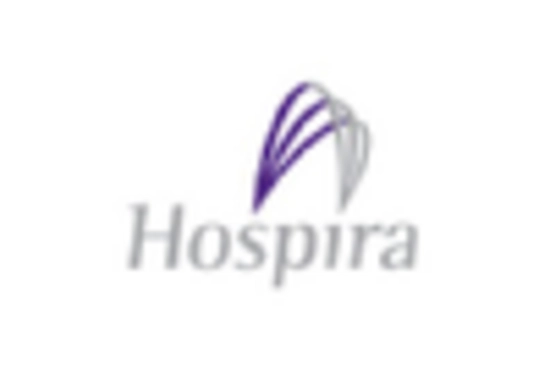
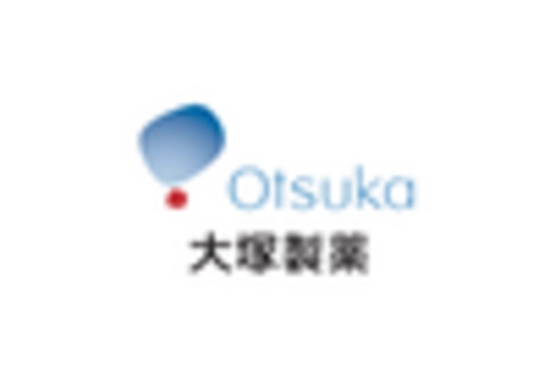









Leave a Comment